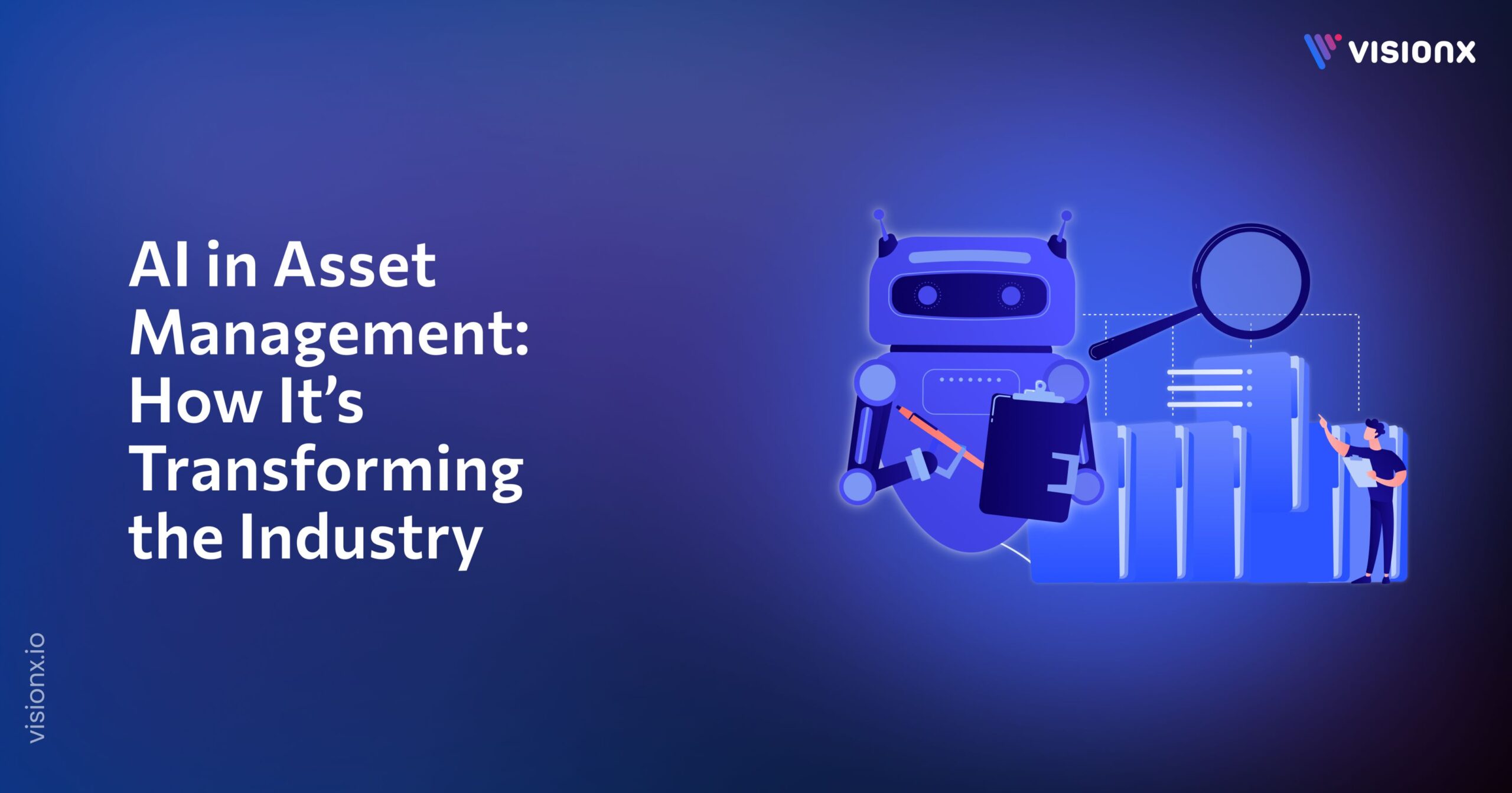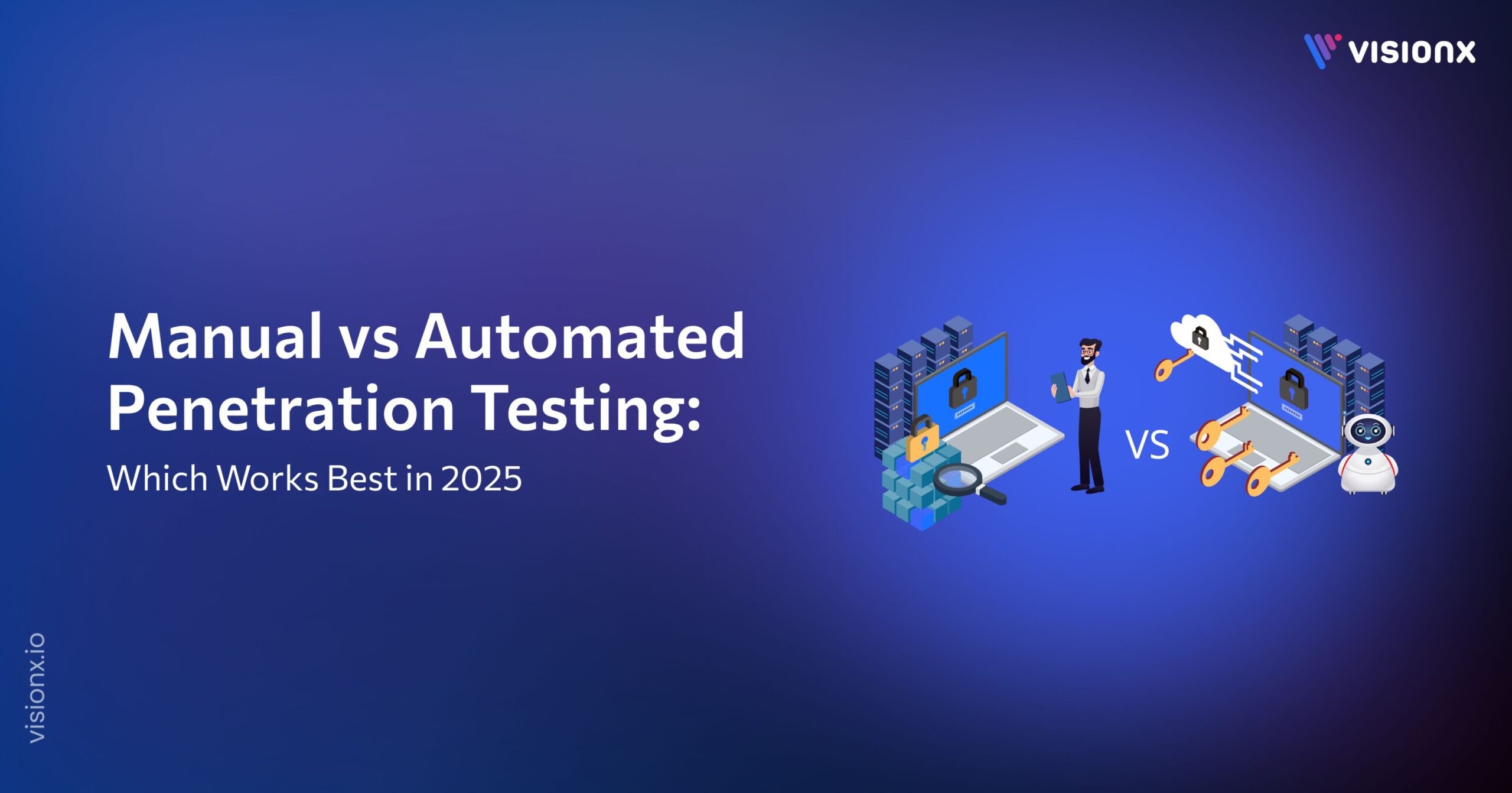Most people think AI in finance is about robots picking stocks, but that is not quite right. In reality, the change is much more subtle. AI in asset management acts as a helpful assistant for fund managers, rather than replacing them. For example, this assistant can read every line of every corporate report. It can also listen to every earnings call, and it does all this without ever needing sleep.
Now, the asset manager is freed up to do what they do best, like focus on strategy and client relationships. Meanwhile, the AI asset management system handles the immense scale of data. So the actual narrative here is not about man versus machine, but about man plus machine.
In fact, this partnership is already proving its value. According to a recent analysis from McKinsey & Company, large asset management firms could capture cost-efficiencies equal to 25-40% of their total cost base by embedding AI across their workflow.
This blog will show you what AI in asset management means. You will see its practical applications, learn where it adds real value, and understand what your firm must do to stay relevant in 2025.
What is AI in Asset Management?
AI in asset management refers to the use of intelligent AI systems that help firms handle data, predict outcomes, and guide investment decisions. It replaces manual analysis with models that study market trends and respond to real-time changes. Asset management AI combines machine learning and data analysis to support better investment decisions.
At its base, AI does these three main things.
- Answer huge quantities of market data and documents in real time.
- Determine complicated patterns of risk management and new opportunities.
- Mechanize the routine operations to enhance efficiency.
AI is embedded into day-to-day workflows, from risk surveillance to client reporting. Gradually, these systems learn from outcomes and enhance accuracy while requiring limited human input.
Role of AI in Asset Management
The conversation about artificial intelligence in asset management focuses on the wrong thing. Everyone talks about returns and algorithms. But the real story is much simpler. The role of AI in asset management is to solve a basic problem we all face. That problem is simply too much information, or in other words, “overwhelming complexity”.
This is how the transformation happens. AI revolutionizes the asset management industry by tackling three core challenges;
- It makes daily operations more efficient.
- It leads to smarter, evidence-based decisions.
- And it allows for service that feels personal to each client.
The engine for this change is built from techniques like machine learning and natural language processing. These systems analyze vast datasets to find new insights. At the same time, AI and asset management automate the labor-intensive tasks that slow a firm down.
Core AI Functions in Asset Management
- Data Analysis and Pattern Detection
Asset management AI processes vast amounts of data from reports, news, and market feeds. It quickly finds patterns humans miss, giving you clear insights instead of raw data.
- Portfolio Optimization
AI tests thousands of investment scenarios using market data and history. This helps build portfolios that target better returns while controlling risk.
- Risk Management
AI constantly watches portfolios to identify anomalies and market threats. Asset management monitoring alerts managers immediately, enabling quick action to protect assets.
- Operational Efficiency
AI handles repetitive tasks like compliance checks and report generation. This cuts costs and frees your team to focus on clients and strategy.
The global AI in asset management market will grow from about $5.75 billion in 2025 to nearly $38.94 billion by 2034. Ultimately, this significant growth demonstrates that AI in asset management has clearly become an essential partner in modern financial services. The process of incorporating AI into asset management workflows is now a fundamental step for any firm.
Applications of AI in Asset Management
Here are the concrete ways artificial intelligence in asset management is being applied across the industry today. These practical AI use cases in asset management show how technology is solving real business challenges.
1. Enhanced Investment Research and Alpha Generation
AI in asset management systems now processes alternative data for unique insights that were previously inaccessible. For example, they follow economic activity and social media sentiment for early market signals by methodically analyzing satellite imagery. Additionally, by examining thousands of news articles and business transcripts, they regularly assess the overall market mood, which aids in forecasting short-term price swings.
2. Smarter Portfolio Construction and Optimization
Modern AI portfolio management is undergoing a fundamental change driven by machine learning development. These complex models give a superior, data-driven forecast of asset pricing, volatility, and market correlations. This enhanced predictive capability enables truly dynamic asset allocation, where portfolios are automatically rebalanced in response to real-time market conditions and new predictive signals.
3. Algorithmic and Execution Trading
Trading desks now increasingly use AI and machine learning in asset management to achieve superior trade execution. Sophisticated AI asset management systems predict potential transaction costs and market impact before trades are even placed, allowing for better strategy selection. Market makers now use adaptive algorithms powered by reinforcement learning, which continuously learn and improve from each transaction, making markets more efficient.
4. Proactive Risk and Compliance Management
Progressive asset management firms are employing AI for ongoing, real-time monitoring of their entire operation. Powerful systems are continuously scanning portfolios for exposure to new risks, whether as a result of a geopolitical event or some disruption to a sector. Moreover, this asset management AI technology automates the tedious monitoring of constantly changing regulations, ensuring reporting compliance and reducing manual workload.
5. Hyper-Personalized Client Services
The benefits of AI in asset management clearly extend to deepening client relationships through next-generation platforms. These sophisticated systems develop highly tailored dynamic portfolios using profiled clients and targeted financial objectives.. Asset management AI automatically creates customized investment reports and specific market updates for each customer and improves interaction and communication.
6. ESG Investing
AI asset management is providing a powerful new capacity for sustainable investment. It conducts a systematic analysis of company sustainability reports and public communication to evaluate authentic commitment to environmental sustainability. Lastly, it examines corporate governance factors across global marketplaces and identifies potential risks and opportunities for investors working in an ethical framework.
Trends Defining AI in Asset Management in 2025
Currently, three major trends are defining how firms will use AI in asset management technology next year. These developments primarily focus on smarter automation and much deeper data analysis.
1. Rise of GenAI and LLM-based Insights
The use of generative AI in asset management is poised to become a standard practice. Large language models, for instance, will progress from simple tasks to providing deeper investment insights. They will analyze subtle patterns in earnings calls and regulatory filings. Consequently, this gives asset managers a significant edge in understanding complex market sentiment.
2. Real-time Risk Modelling and Automation-first Strategies
Companies are now focusing on real-time risk management based entirely on AI. Advanced systems can track portfolios for new threats on a continuous basis, allowing for quicker reactions to unexpected changes in the market. At the same time, automation-first approaches are being introduced to manage everything from trade execution to compliance reporting.
3. ESG Integration Through AI Data Analysis
Additionally, artificial intelligence in asset management will greatly change how companies engage in sustainable investing. Advanced systems evaluate large amounts of complex ESG information from various sources, including company reports and worldwide news. This will render the ESG analysis process much more objective and comprehensive for all parties involved.
Challenges and Limitations Firms Must Address
Despite the great capabilities of AI, companies have to face a number of AI limitations at the same time. The knowledge of these difficulties is very important for the successful incorporation of AI.
Data Quality and Integration
The success of any AI system is exclusively reliant on the data it works with. Nevertheless, many firms face challenges with scattered, inconsistent data among departments. Therefore, this information requires time and effort to clean and organize. Without this unified data foundation, AI projects are likely to underperform.
Talent Gap and Knowledge Deficit
It is easy to notice that there is a lack of specialists who know both finance and AI technology. This gap in knowledge prevents the implementation and maintenance of advanced systems. Hence, companies need to train their current employees extensively. If not, they might lose the race to the more flexible rivals.
The Explainability (“Black Box”) Problem
Numerous complicated AI algorithms are unable to deliver a clear explanation for their decisions. This situation turns out to be a massive problem for asset managers who need to provide reasons for their investment decisions to both clients and regulators. Moreover, the absence of transparency could hide the model logic’s potential biases. Businesses should highlight alternatives that produce comparable results with a clearer justification.
What Every Firm Needs to Do in 2025
The coming year demands concrete action from asset management firms. Success will depend on strategic moves made now. Here is what every firm must prioritize.
- Establish a Data-First Culture: Allocate resources for data management and proper training of staff in order to have clean and organized data, which is the necessary base for all AI activities.
- Pick Specialized Tools: Opt for software that targets your area rather than general-purpose AI software. Use finance-specific tools like AI portfolio management and monitoring platforms that can be integrated with existing systems.
- Build Human-AI Teams: Devise new processes that will incorporate AI-generated insights along with human skills, fostering human and machine collaboration. Train analysts and portfolio managers to treat AI as a collaborator.
- Target Practical Uses: Choose specific, high-value AI cases that will help solve real problems, such as report automation or risk analysis improvement, as the first step to quickly demonstrate value.
- Ensure Transparency: Whenever possible, choose AI tools whose outputs are accompanied by intelligible reasoning so that one can build trust with clients and regulators and, at the same time, ensure explainability.
- Implementation Planning: Do a detailed mapping of the workflows that AI is going to impact, selecting the areas that are going to have the most significant impact, and starting with piloting to check the effectiveness before the full rollout.
How VisionX Enables Smarter Asset Management through AI
VisionX helps asset management firms move beyond manual workflows and build intelligence into daily decisions. The goal is to make data easier to use, improve portfolio visibility, and cut the time it takes to act on insights.
We start by understanding how each firm manages its assets. Our team studies current systems, data flows, and reporting needs. From there, we design AI models that fit naturally into existing tools. These models track patterns in market data, assess portfolio performance, and signal early risks before they grow.
Using a blend of data science, predictive analytics, and machine learning, we assist companies in getting a more profound comprehension of their assets and the markets they are serving. The result is a smarter, more adaptive investment process that supports stronger decisions and long-term growth.
Ready to make asset management more intelligent? Partner with VisionX to turn your data into direction.
FAQs
How is AI being used in asset management?
AI systems perform market data analysis, portfolio risk management, and compliance automation. It processes information at a speed that humans cannot match.
How will generative AI change asset management?
It will write reports, make summaries of complicated documents, and provide personalized communications with clients; in this way, analysts will be able to do more valuable work.
How to use AI for portfolio management?
AI testing systems enable investment scenario evaluation, asset allocation optimization, and portfolio risk exposure monitoring in real-time.
What are the risks of AI in asset management?
Key risks include unexplainable decisions, biased algorithms, and data security breaches that could compromise client information.
Will the CFO be replaced by AI?
No. The CFOs will no longer have to worry about data analysis and reporting since AI will take care of these tasks, thus they can concentrate on making strategic financial plans and decisions on capital allocation.


